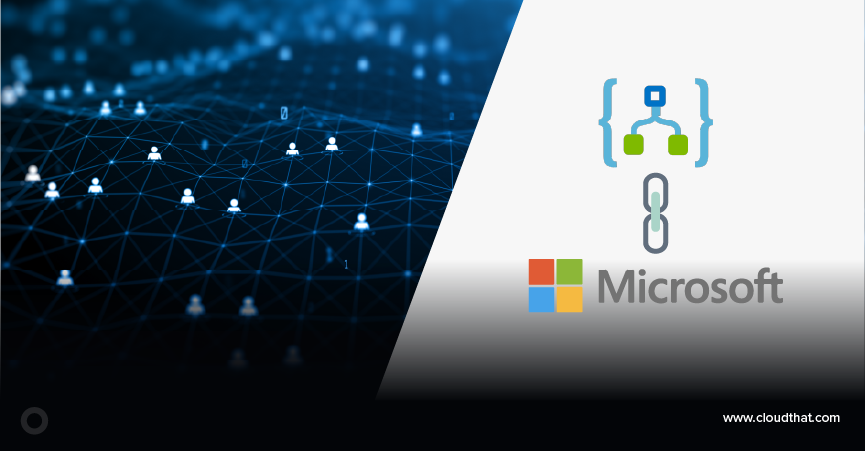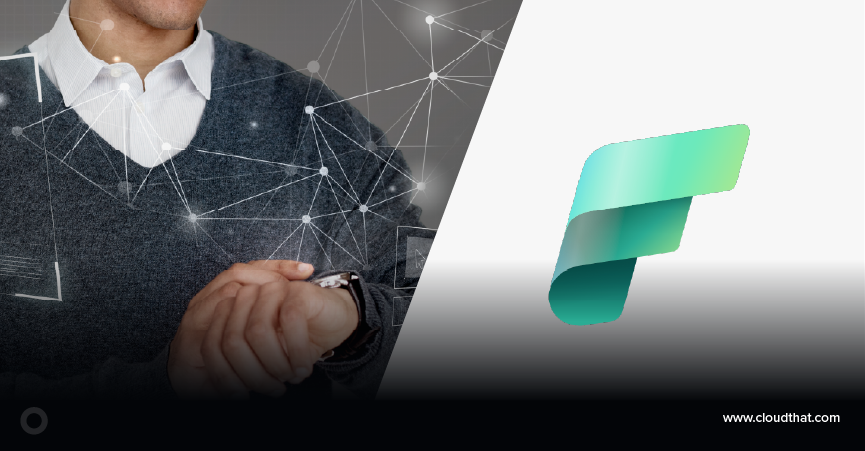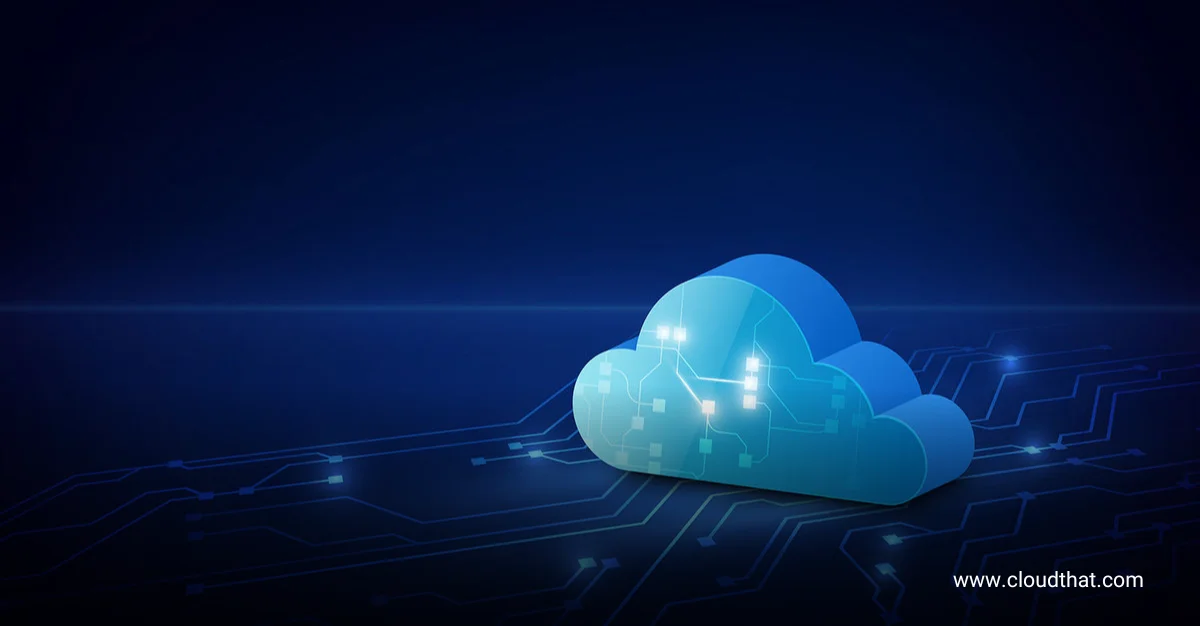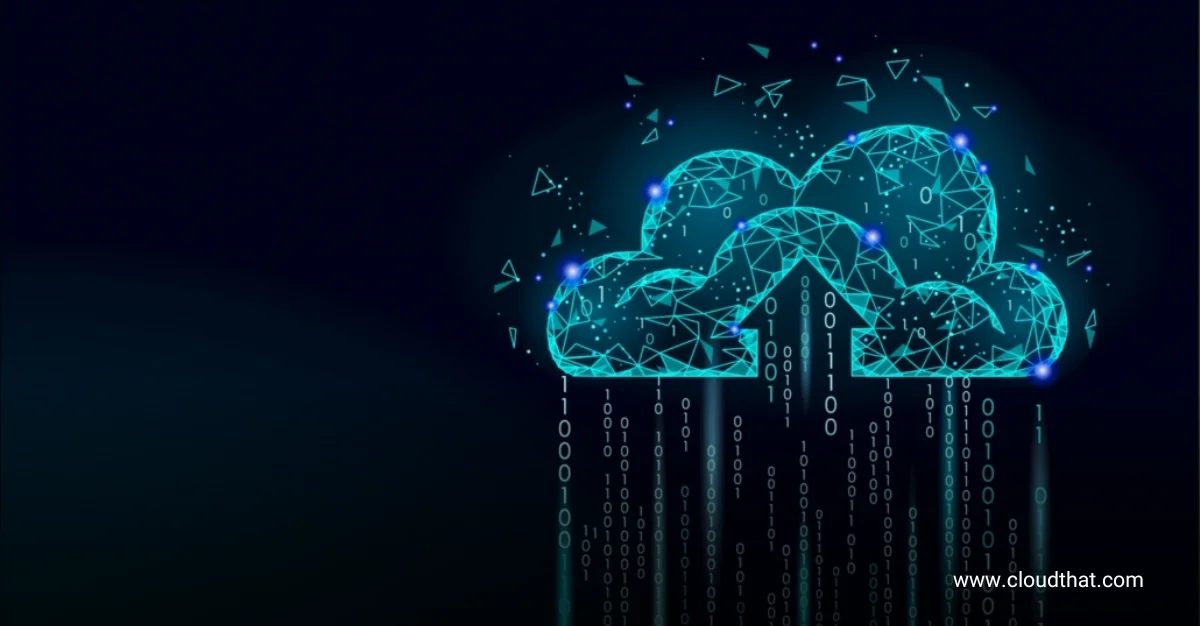|
Voiced by Amazon Polly |
Introduction
Deep Reinforcement Learning (DRL) is a branch of Machine Learning that combines Reinforcement Learning (RL) with Deep Learning (DL). The field of machine learning, known as reinforcement learning, focuses on teaching agents how to operate in a way that maximizes a cumulative reward signal. In contrast, deep learning refers to a family of neural network architectures that can automatically find hierarchical patterns in data and learn complicated representations. Through trial-and-error learning, iteratively taking actions in the environment, and receiving feedback as rewards, DRL enables agents to learn from unprocessed sensory data to make the best judgments.
Pioneers in Cloud Consulting & Migration Services
- Reduced infrastructural costs
- Accelerated application deployment
What are DQNs?
DQN stands for Deep Q-Networks, a deep reinforcement learning algorithm that combines Q-learning with deep neural networks to learn an optimal policy in a Markov Decision Process.
In Q-learning, the agent learns an ideal Q function that converts a pair of states and actions into an expected cumulative reward. Doing activities in the environment and getting feedback through incentives allow the Q-function to be updated repeatedly through trial and error.
When DQN trains a neural network, it stores previous events in a randomly sampled experience replay buffer. This helps the agent to draw lessons from the past and prevent forgetting crucial knowledge.
The structure of DQNs:
- Input Layer: A vector of numerical values representing the state information the input layer receives from the environment.
- Hidden Layers: Several fully connected neurons make up the DQN’s hidden layers, which turn the input data into higher-level properties better suited for prediction.
- Output Layer: A single neuron in the DQN’s output layer represents each potential action in the current state. These neurons’ output values correspond to the estimated value of each action in that state.
- Memory: DQN employs a replay memory to retain the agent’s training-related events. The present state, the action is taken, the reward received, and the subsequent state are all tuples that are stored in the memory.
- Loss Function: The DQN’s loss function calculates how much the actual Q-values acquired from the replay memory differ from the predicted Q-values.
- Optimization: Update the network’s weights to reduce the loss function as part of the DQN’s optimization process. Usually, a form of stochastic gradient descent is used for this (SGD).

How DQNs work?
The DQN architecture typically consists of a convolutional neural network (CNN) that inputs raw state observations and outputs the Q-values for each possible action. CNN consists of multiple layers of filters that extract increasingly abstract features from the input, allowing the network to learn meaningful representations of the state space. The output layer of the CNN is typically a fully connected layer that maps the extracted features to the Q-values for each possible action.

The training process of DQNs involves repeatedly interacting with the environment, collecting experience tuples (state, action, reward, next state), and using these tuples to update the Q-values. The updates are done using a variant of the Q-learning algorithm, which involves minimizing the difference between the predicted Q-values and the actual rewards. To improve the stability of the training process, DQNs also use a technique called experience replay, where the experience tuples are stored in a replay buffer and sampled randomly during training.
Applications of DQNs
- Video Games: DQN has been applied to various Atari games, such as Breakout, Space Invaders, and Pong, achieving human-level performance in some cases.
- Robotics: DQN has been used to conduct robotic manipulation and control tasks, including gripping and holding objects, where it can learn to carry out complex actions in a changing and unpredictable environment.
- Using cameras and radar sensor data, DQN has been used for autonomous driving activities where it may learn to make decisions.
- Finance: DQN has been utilized in the financial and trading sectors, where it has been trained to judge based on market information and past trends.
- DQN has been used in the healthcare industry to optimize patient treatment programs and forecast the likelihood of readmission to the hospital.
Limitations
Although DQN (Deep Q-Network) is a strong deep reinforcement learning algorithm, it has significant flaws that may affect how well it performs in specific circumstances. Here are some of the limitations of DQN:
- DQN may need large computing resources, such as memory and processing capacity, to train well, especially for complex settings.
- Large state spaces, particularly continuous and high-dimensional ones, can be challenging for DQN. This may cause learning to go slowly or even prevent convergence.
- DQN relies on an exploration-exploitation trade-off to learn optimal policies. However, it may not explore enough in some environments, leading to sub-optimal policies or even getting stuck in local optima.
- For DQN to operate at its best, various hyper-parameters must be properly set. Poorly selected hyper-parameters may cause training to be unstable.
Conclusion
Deep reinforcement learning has become a powerful method for creating autonomous, intelligent systems that can learn to make decisions in challenging situations. Among the several deep reinforcement learning algorithms, DQN has shown much promise in reaching cutting-edge performance in various fields, including robotics, finance, and video games. DQN also has some restrictions that need to be addressed to ensure optimal performance in various settings and applications. Deep reinforcement learning, and DQNs, are projected to become more significant in numerous industries and domains because of their capacity for tackling real-world problems. This will pave the way for more intelligent and autonomous systems.
Making IT Networks Enterprise-ready – Cloud Management Services
- Accelerated cloud migration
- End-to-end view of the cloud environment
About CloudThat
CloudThat is an award-winning company and the first in India to offer cloud training and consulting services worldwide. As a Microsoft Solutions Partner, AWS Advanced Tier Training Partner, and Google Cloud Platform Partner, CloudThat has empowered over 850,000 professionals through 600+ cloud certifications winning global recognition for its training excellence including 20 MCT Trainers in Microsoft’s Global Top 100 and an impressive 12 awards in the last 8 years. CloudThat specializes in Cloud Migration, Data Platforms, DevOps, IoT, and cutting-edge technologies like Gen AI & AI/ML. It has delivered over 500 consulting projects for 250+ organizations in 30+ countries as it continues to empower professionals and enterprises to thrive in the digital-first world.
FAQs
1. What is the Q-value?
ANS: – The predicted cumulative reward that an agent can earn by carrying out a certain action in a particular state and then adhering to a specified policy is known as the Q-value.
2. What is the difference between Q-learning and DQN?
ANS: – DQN uses a neural network to estimate Q-values, whereas Q-learning is a conventional reinforcement learning technique that stores Q-values in a lookup table.
3. What are some extensions to DQN?
ANS: – Some extensions to DQN include Double DQN, Dueling DQN, and Rainbow DQN. These extensions aim to address some of the limitations of the original DQN algorithm.

WRITTEN BY Aehteshaam Shaikh
Aehteshaam works as a SME at CloudThat, specializing in AWS, Python, SQL, and data analytics. He has built end-to-end data pipelines, interactive dashboards, and optimized cloud-based analytics solutions. Passionate about analytics, ML, generative AI, and cloud computing, he loves turning complex data into actionable insights and is always eager to learn new technologies.


 Login
Login


 April 17, 2023
April 17, 2023 PREV
PREV










Comments